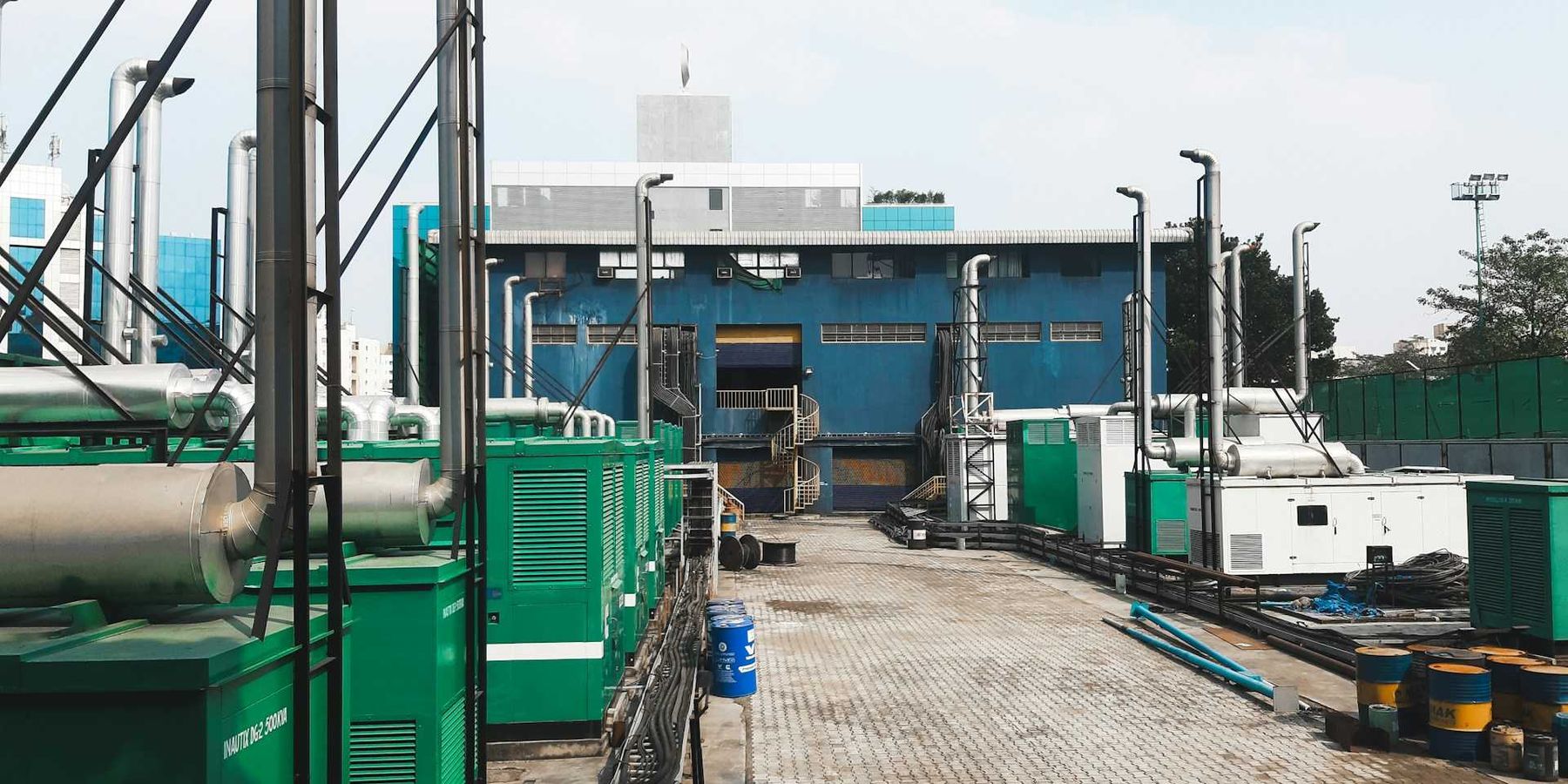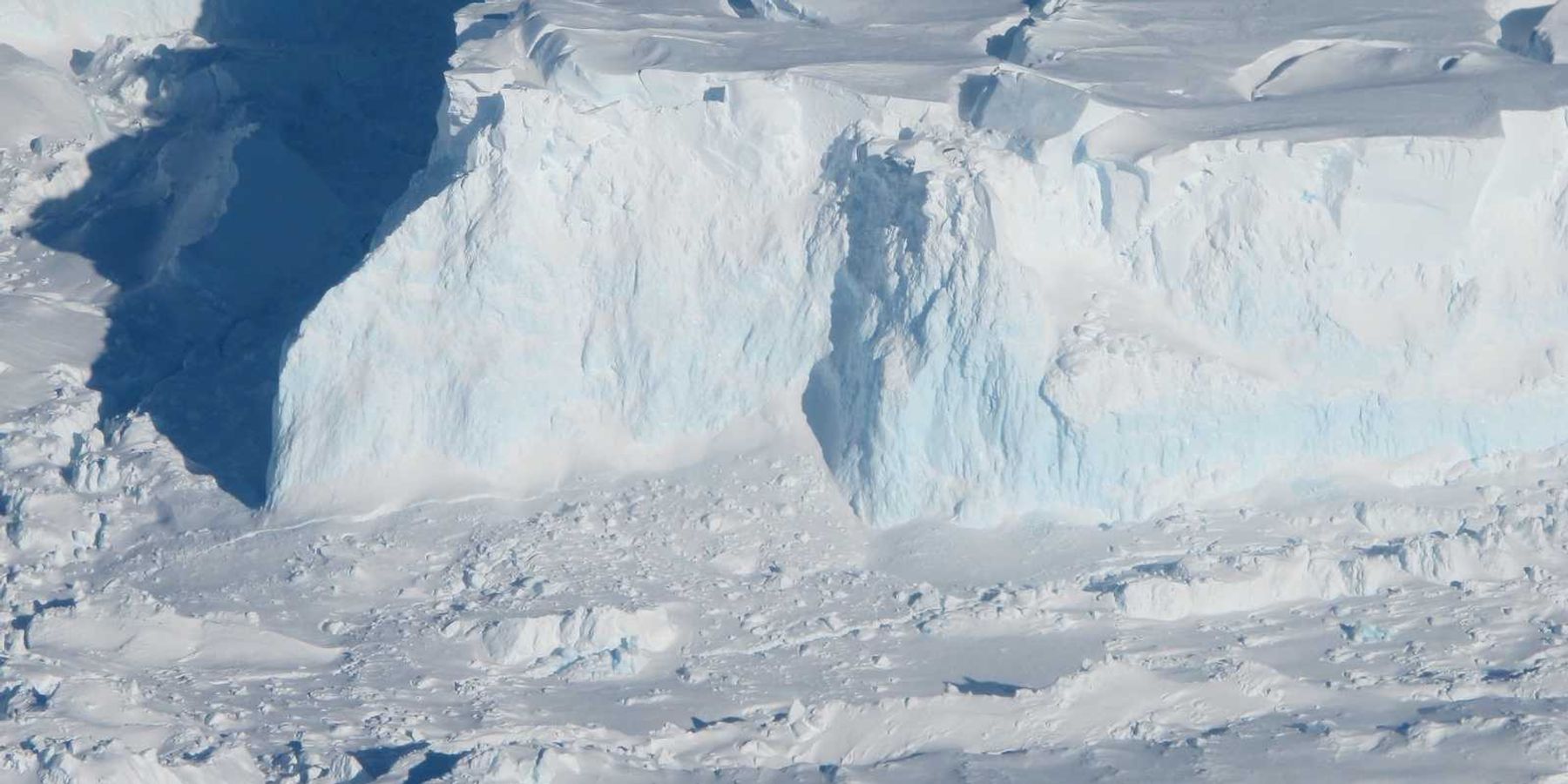Federal funding injects $50M into Great Salt Lake recovery
The Great Salt Lake just scored $50 million from the Inflation Reduction Act, marking the largest-ever federal investment to help restore the struggling ecosystem and bring water back to this critical western landmark.
Kyle Dunphey reports for Utah News Dispatch.
In short:
- Utah received $50 million to restore the Great Salt Lake, exceeding the state's original $10 million request, with funds allocated for ecosystem projects and leasing water rights.
- Ecosystem restoration funds will target invasive species removal, wetland improvements and migratory bird habitats, vital for millions of birds relying on the lake.
- The state’s innovative water-leasing strategy will redirect water to the lake, a model that could transform water rights across the drought-stricken West.
Key quote:
“This is the type of investment that we so desperately needed.”
— Brian Steed, Great Salt Lake Commissioner
Why this matters:
It’s the largest federal investment ever in this fragile ecosystem, a lifeline for millions of migratory birds and a critical buffer against Utah’s worsening dust storms. If Utah's plan works, it could set a precedent for managing water across the parched West, proving that cooperation—and a federal boost—might be what it takes to save an ecosystem on the brink. Read more: Wetland protections remain bogged down in mystery.













